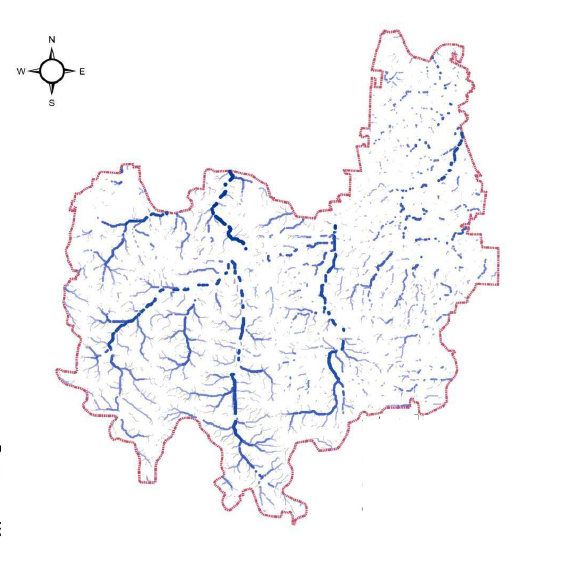The role of green spaces in the reduction of flood risks: a case study of the GIS modelling of the Chinese Zhengzhou Erqi District
DOI:
https://doi.org/10.30921/GK.76.2024.3-4.1Abstract
In modern urban planning, there is an increasing focus on the relationship between urban green spaces and surface runoff. This is
because floods in urban areas are becoming more frequent and severe, partly due to global climate change. The aim of our research
was to explore how the spatial location of green spaces affects the attenuation of runoff. We conducted this study in the Erqi district
of Zhengzhou, China. Our main objective was to understand the spatial structure and heterogeneity of green areas and their
effectiveness in mitigating runoff. Our findings can be used to design more resilient cities in the future. Additionally, we conducted
flood risk assessments at the street level to determine the amount of runoff on green areas. We analysed the heterogeneity characteristics of the effectiveness of green surface runoff attenuation and urban inundation risk in the district. Our study can be used as a reference for planning urban flood risk reduction.

